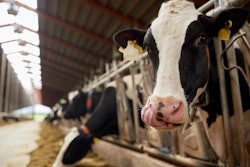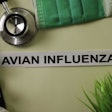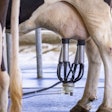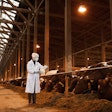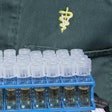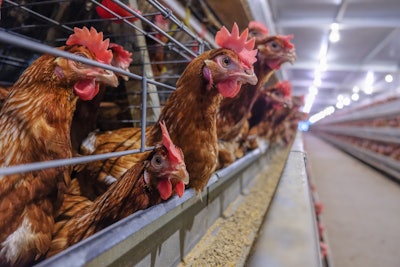
Integrating air filtration technology into layer house ventilation systems could reduce the spread of highly pathogenic avian influenza (HPAI) and other airborne diseases.
“Over the past four years now, we’ve just seen continuous spikes of HPAI and it’s not stopping,” explained Kellen Harris, director of sales at J&D Manufacturing.
Biosecurity measures like washing feet and spraying vehicle tires will always be a crucial component to any HPAI control strategy, but increasingly producers have expressed interest in adding ventilation filters to their disease control protocol, Harris added.
A new approach to HPAI control
High-efficiency air filters that remove airborne pathogens, dust and other contaminants have commonly been found in swine barns for the past 10 to 15 years, but are becoming more popular in layer houses as operations search for new approaches to prevent HPAI outbreaks.
“The avian flu virus is interesting in the fact that it’s not necessarly airborne, but it’s more going to be latched onto your clothing or dust or dander from a bird flying near your barn that could be sucked into your ventilation and brought into your barn,” Harris said.
A Colorado layer house that experienced several HPAI cases in 2024 recently retrofitted one of their houses to include a tailored ventilation system with light traps in hopes of improving disease control.
The light traps prevent natural light from entering the layer house through the ventilation system’s fans and inlet openings while still allowing for proper airflow. The integrator reduced capital costs by using power outtake shutters with built-in light traps, eliminating the need for a false wall in the building design. The house was then converted to a positive pressure system, where fresh air is pushed through filters into a continuous inlet that distributes the filtered air throughout the barn. The air exits the building through the light trap power outtake shutters. For minimum ventilation, the design utilizes negative pressure fans, which draws in fresh air through the filter wall plenum to effectively exchange the house’s air during cold months.
View our continuing coverage of the global avian influenza situation.
To learn more about HPAI cases in commercial poultry flocks in the United States, Mexico and Canada, see an interactive map on WATTPoultry.com.



